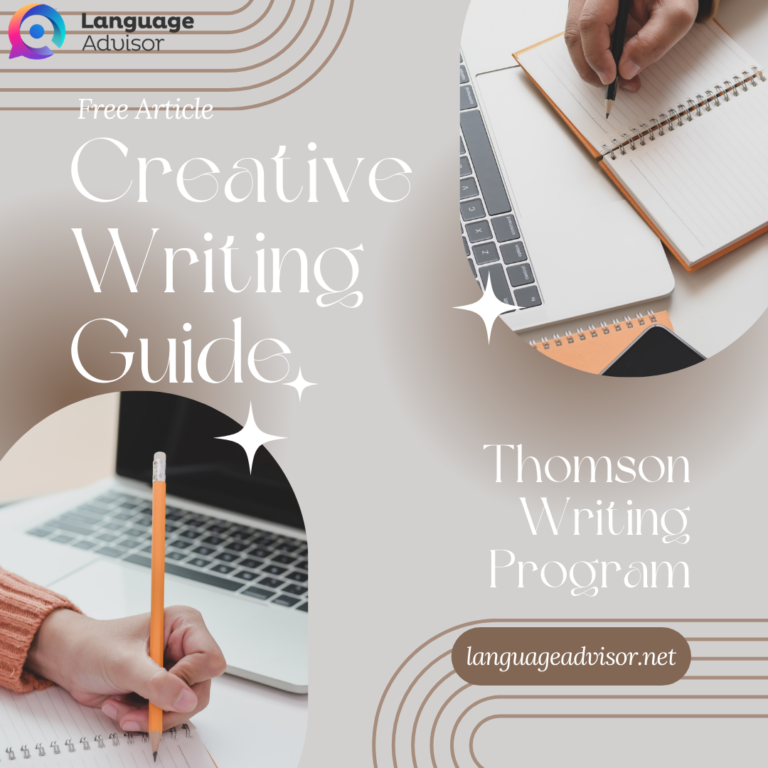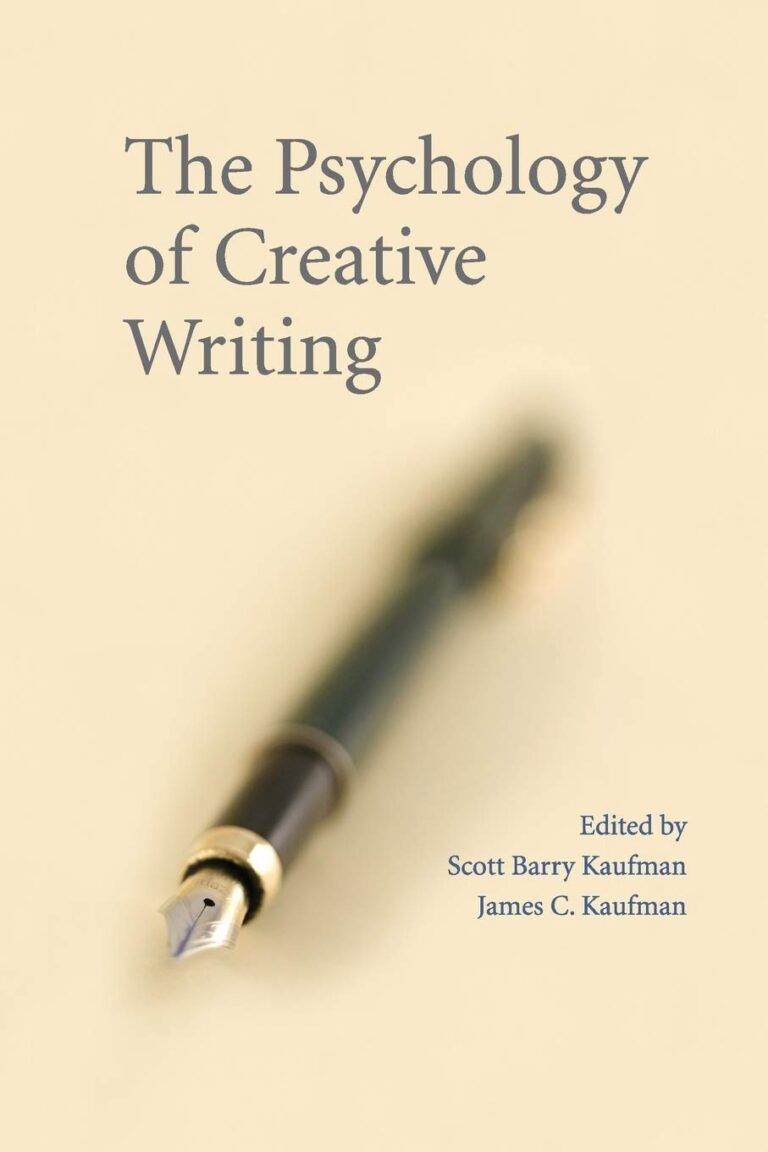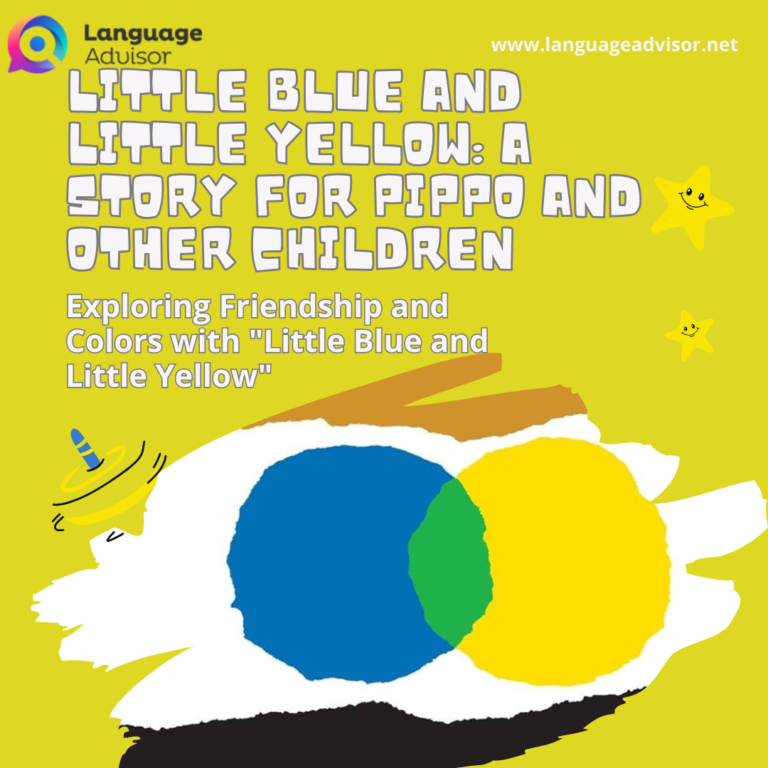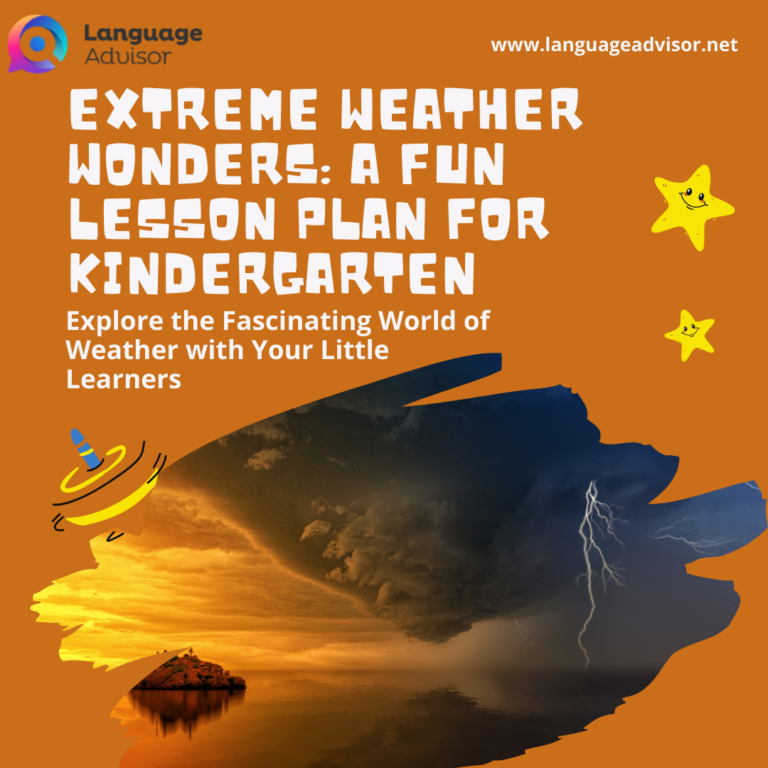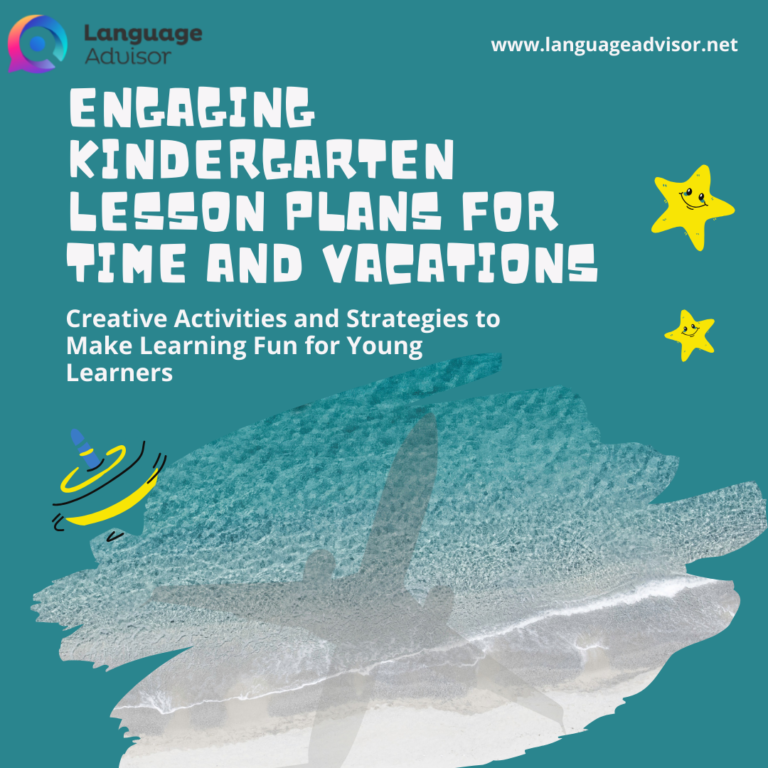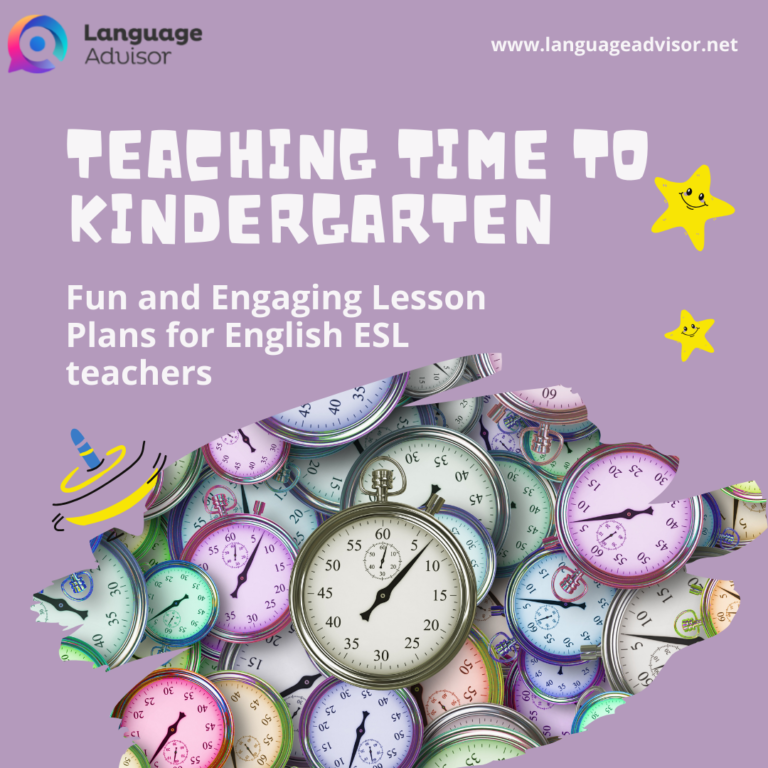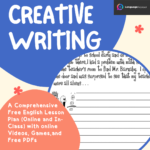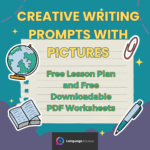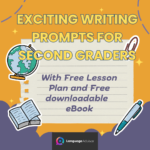35 Creative Writing Prompts for Young Learners with Free Lesson Plan and Free Downloadable PDF Worksheets
35 Creative Writing Prompts for Young Learners

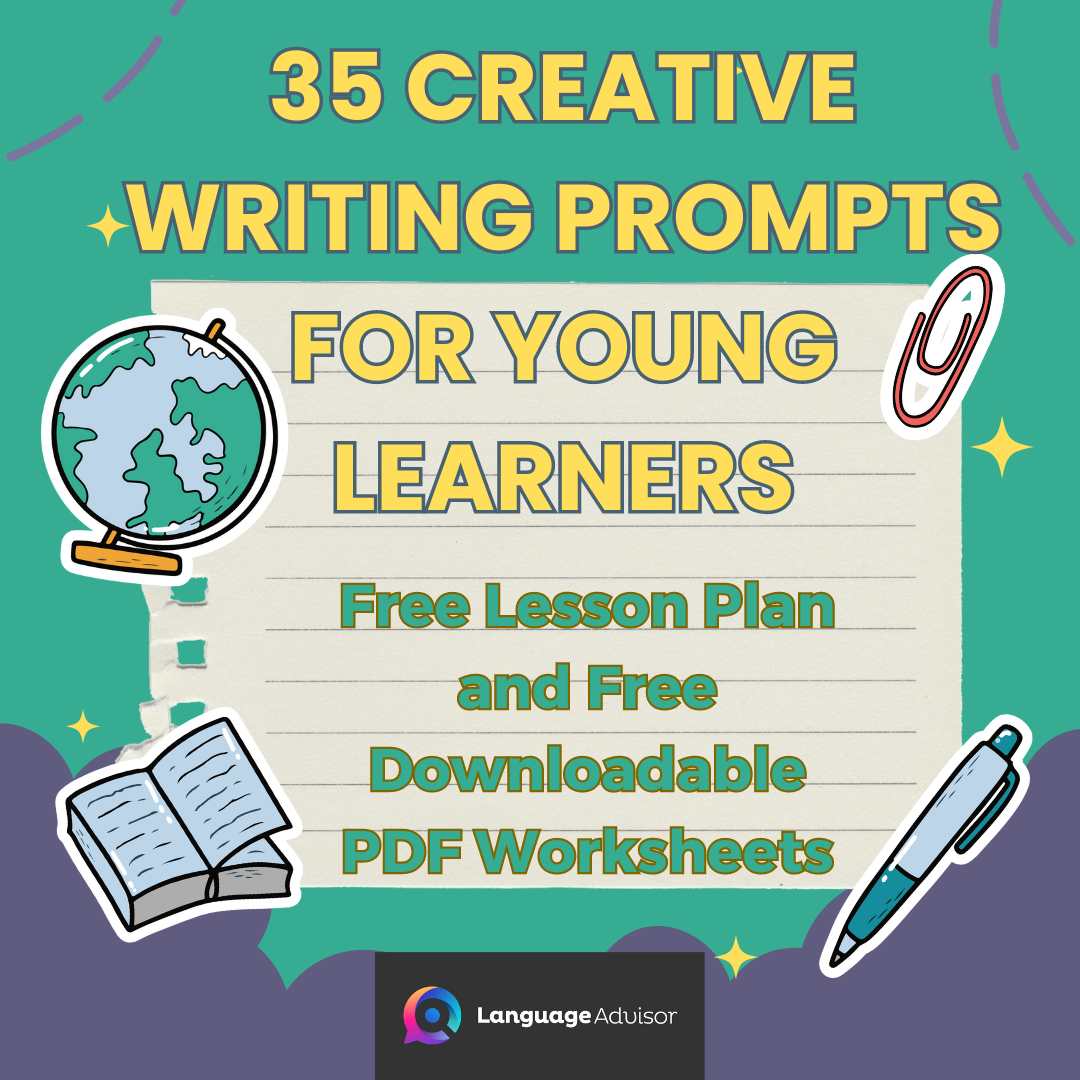
Creative Writing Prompts for Young Learners
Objective
Students in grades 3 to 7 will enhance their creative writing skills by exploring a variety of writing prompts and crafting imaginative and well-structured stories.
Target Audience
Grade Level: Grades 3-7 (Ages 8-13)
Duration
5-6 class periods (45 minutes each)
Materials
- Whiteboard or chalkboard with markers or chalk.
- Writing supplies (pencils, erasers).
- Individual copies of the “Creative Writing Prompts” worksheet (one for each student).
- Age-appropriate storybooks or images for visual inspiration.
- Drawing paper for optional illustrations.

Introduction (10 minutes)
- Begin the lesson by asking the students about their favorite books or characters. Discuss the elements that make those stories captivating and engaging.
- Explain that this creative writing lesson will provide them with exciting writing prompts to spark their imagination and creativity.
Instruction (10 minutes)
- Display a picture from a storybook or a stimulating image and encourage the students to share their initial thoughts and feelings about the scene.
- Introduce the concept of creative writing prompts as a means to inspire storytelling. Explain that prompts can be in the form of ideas, questions, or scenarios that guide their writing process.
- Provide a simple example by giving a prompt and creating a brief story as a class.
Activity (20 minutes)
- Distribute the “Creative Writing Prompts” worksheet to each student. Ensure that the prompts are age-appropriate and suitable for the different grade levels.
- Present a list of writing prompts on the board or through visual aids. The prompts should cater to various interests and challenge the students’ creativity.
- Allow students to choose a prompt that resonates with them and encourage them to brainstorm ideas before starting to write.
- Remind the students to focus on developing descriptive language, engaging characters, and a well-structured plot.
Sharing and Illustrating (10 minutes)
- Invite students to share their completed stories with the class. Encourage active listening and constructive feedback from their peers.
- For those who finish early, provide drawing paper to illustrate scenes from their stories. This additional visual element can enhance their storytelling.
Conclusion (5 minutes)
- Gather the students together and celebrate their creativity and efforts in developing their stories.
- Emphasize the importance of practicing creative writing regularly to further develop their skills and storytelling abilities.
Optional Follow-up Activities
- Create a writing corner in the classroom where students can continue to write creatively during their free time.
- Organize a writing competition or showcase event where students can share their best-written stories with their peers and parents.
Assessment
- Evaluate the students’ creative writing based on their ability to craft imaginative and well-structured stories using the given prompts.
- Assess their use of descriptive language, character development, and overall storytelling effectiveness.
Note: Provide age-appropriate prompts and tailor the level of complexity to match the abilities of students in each grade level. Encourage a positive and supportive atmosphere, fostering their confidence and creativity as writers. Offer constructive feedback to help them further improve their writing skills.

Below are 35 free PDFs worksheets that you can utilize for your teaching

For additional practice, be sure to explore this website. Simply click the link below.

For additional resources on creative writing, also check out these posts

Also Check out These English Lesson Plans for Young Learners





